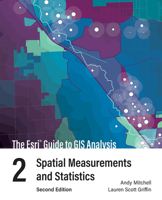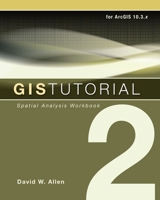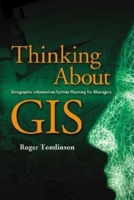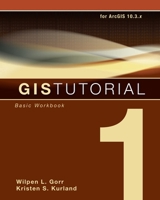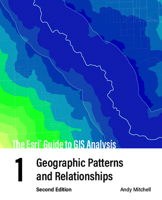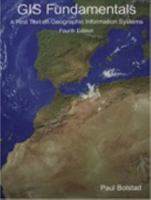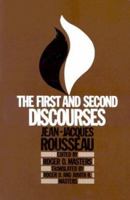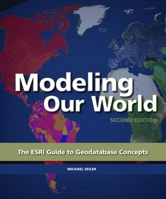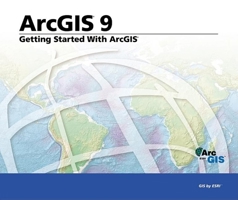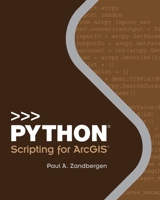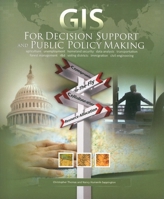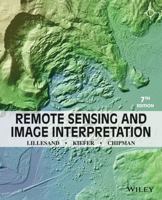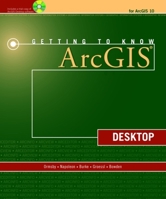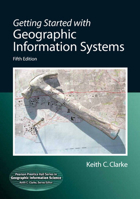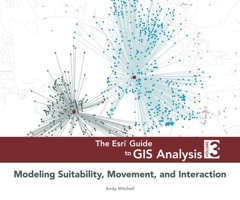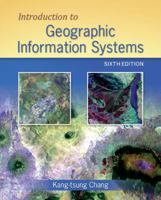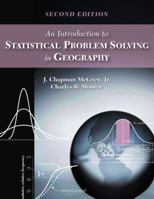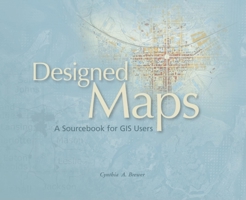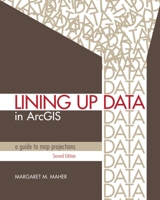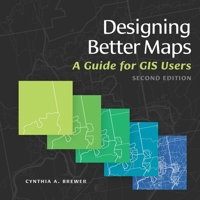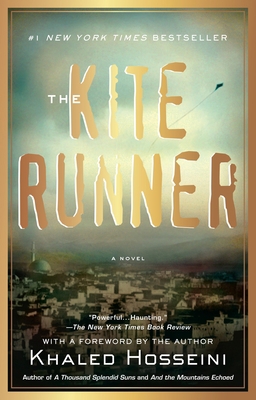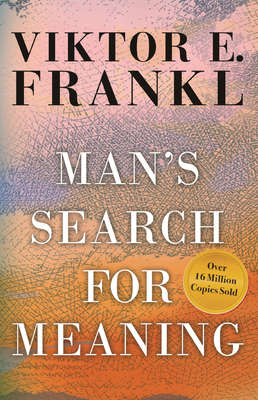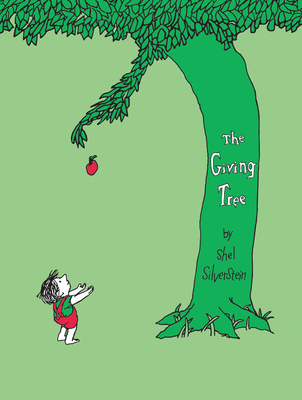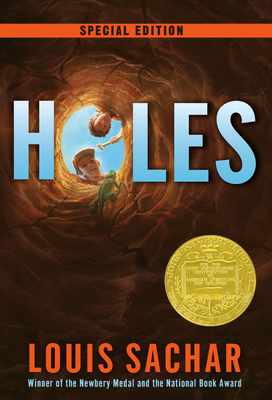ESRI Guide to GIS Analysis, Volume 1: Geographic Patterns and Relationships
Select Format
Select Condition 
You Might Also Enjoy
Book Overview
Customer Reviews
Rated 5 starsGreat companion textbook
I've always known what the GIS analysis tools were, and have used many of them. But this book lays down a framework for deciding which techniques to use, and why. It also has a great section on classificiations that I have not seen anywhere else. While this is an ESRI book, it's not really tied to ESRI software. A few things shown in the book can't be done with ESRI software. This makes it more univeral for study with other...
0Report
Rated 5 starsGreat place to begin
Some ESRI books are only extended marketing brochures. This is not. If you need a book that will help you understand GIS analysis, this is a great place. Mastering the techniques described in this book will cover 75% of the demands in the market. The book is referenced and so if you need more you can seek out the sources used to write the book. This book is for GIS analysts, not for folks interested in building databases...
0Report
Rated 4 starsA Great Starting Point
You have to take this book for what it is. An extremely basic, starting point for any would-be GIS Analyst. The book contains wonderful examples of how one may use GIS to analyze "real world problems" using both raster and vector models. This book in essence shows people how GIS can be used to analyze problems, without specifically showing them how to analyze problems. I would recommend this book for people who are new...
0Report
Rated 5 starsGood 2nd Book for GIS beginners
After reading "GIS for Everyone", which shows you how to do some basic things with GIS, this book shows you what to do. There's an ample supply of examples in this book, although somewhat repetative. The extensive use of color was surprising given the relatively low cost of this book compared to similar titles. Some of the GIS images are quite small and a small reading magnifier will help seeing the differences that, for...
0Report
Rated 5 starscall it GIS Analysis for dummies
while it doesn't get into specifics about actually using any GIS software, this book explains in layman's terms the basics of spatial relationships. if you're ready to start getting beyond just making maps with GIS, this is an excellent place to start.
0Report












